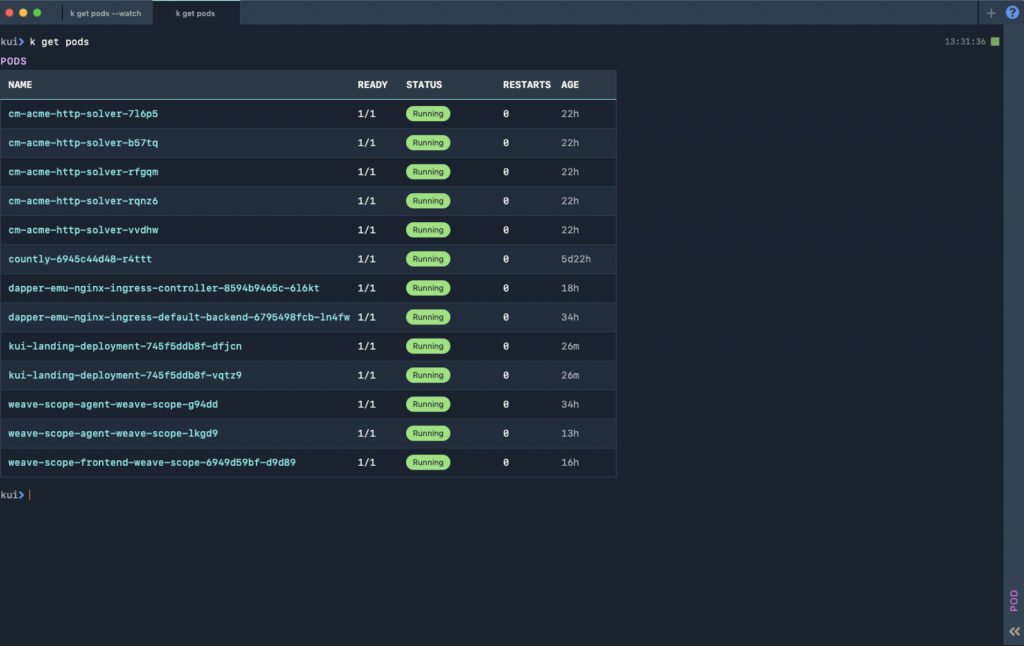IBM Expands Open Source Tools Portfolio for Kubernetes
IBM this week at the KubeCon + CloudNativeCon 2019 conference announced it has made two more open source tools available for Kubernetes clusters and the Istio service mesh along with making two existing open source tools for Kubernetes available on the IBM Cloud.
The latest Kubernetes tool from IBM is Kui, which provides a single tool to navigate between the different command-line interfaces (CLIs) to minimize context switching. Dan Berg, a distinguished engineer for the IBM Cloud Kubernetes Service, says IBM developed Kui to give its engineers access to a visual CLI that would make it easier for administrators managing the IBM cloud service to employ multiple tools in concert. Kui is also included in the recently released IBM Cloud Pak for Multicloud Management.
The latest tool for Istio from IBM is Iter8, a tool that leverages Istio application programming interfaces (APIs) to troubleshoot Istio and test different configurations and deployments.
Finally, IBM announced it is making available Razee, a continuous delivery platform for Kubernetes, on the IBM Cloud DevOps ToolChains, and reusable open source Tekton pipelines, developed by Google on the IBM Cloud Continuous Delivery service, to modernize continuous delivery on Kubernetes clusters.
In general, Berg says IBM has concluded that isolating continuous integration (CI) and continuous delivery (CD) is now a best DevOps practice. Rather than trying to manage both CI and CD via a single platform that pushes applications out to Kubernetes, IBM is now leveraging Kubernetes to pull applications out of a CD pipeline. That approach provides the added benefit of allowing organizations to deploy and update applications on different fleets of Kubernetes clusters more consistently, he notes.
Berg says IBM is open to contributing the open source tools it has developed to manage Kubernetes clusters on the IBM cloud. However, the company prefers to publish code as an open source project and support it instead of waiting to see if that tool will gain broader traction within one of the special interest groups that oversee the development of Kubernetes and various associated tools.
As Kubernetes continues to mature, there are a plethora of tools available for managing the platform. The primary issue is now is not so much how to stand up a cluster as much as it is how to manage a fleet of Kubernetes clusters. IBM is making a case for a range of open source tools that have all been battle-tested to run at scale on the IBM cloud.
Of course, the number of Kubernetes clusters that might be deployed will vary widely by organization. Some organizations prefer to deploy multiple applications on a handful of clusters. Others are finding that each application team wants ownership of their own Kubernetes cluster, which results in a large number of smaller clusters that need to be managed cohesively.
Regardless of deployment model, however, the one thing that is clear is the tools being provided to manage Kubernetes are increasing rapidly in terms of both quantity and sophistication.



